Types and characteristics
There are a lot of coating options that can be used for painting. They can be of different composition, characteristics and texture. The main division is distinguished by material and texture.
Material classification
Glass fiber
Durable anti-vandal coating with high technical characteristics. The wallpaper is suitable for multiple painting, is resistant to moisture, fireproof, has a durable composition that is difficult to damage. It is made of glass by exposure to high temperatures.
On the picture turquoise vandal-proof glass wallpaper. With this type of wallpaper, you can hide uneven walls.
Non-woven
Wallpapers are made of two types, with a ready-made top layer and structural ones, those that are used for painting. They have a raised top layer with a highly visible texture, most often white or cream in color. The material attracts by its low cost and safe composition.
Vinyl
Paintable vinyl wallpaper has a denser surface, which is stronger than non-woven wallpaper. They are made in several versions: flat, with a foam cover and two-layer or kitchen. Embossed vinyl wallpaper is washable and is suitable for damp cleaning.
Paper
Not all paper coatings are suitable for painting, but only with a water-repellent layer. When buying, this will be indicated by the marking on the packaging, it must indicate that this product is suitable for painting.
Acrylic
Acrylic paintable wallpaper consists of a basic paper layer and acrylic spraying. Wallpaper is similar to vinyl, but with a smaller outer layer and weaker performance. Such wallpapers do not withstand frequent staining, but they are quite suitable for this.
Classification by invoice
Smooth
Absolutely smooth wallpaper for painting without a pattern and texture will look quite restrained and strict, the main accent will be the color of the coating. Most often it is non-woven or fiberglass wallpaper for painting. It is worth remembering that some types of coatings lose their texture and become smoother with each staining.
Embossed
A textured coating can mimic different materials or depict a pattern or pattern. Embossed paintable wallpaper adds volume to the room and looks interesting in evening lighting. Almost all types of coatings are made with a textured top layer, which gives a variety of choices and a virtually seamless surface.
Pros and cons
Wallpaper for painting allows you to update the interior of the apartment almost without difficulty and cost. A detailed consideration of the nuances will help in choosing.
| Dignity | disadvantages |
|---|---|
| The ability to quickly update the interior | High cost for some species |
| Different price range | Relief can be hidden under layers of paint |
| Possibility of painting in any color | Some species have a limited number of stains |
| Large selection of materials and patterns |
How to choose?
When choosing a material for finishing for painting, you need to rely on some criteria that will help make this process easier.
- The cost... Today, the assortment of wallpaper for painting is quite diverse, as is the price. The most budgetary type is paper, the most expensive and durable fiberglass.
- Width. Meter canvases reduce the number of joints on the wall.
- Density... The higher the density, the stronger the coating. High-density coverage does not require careful wall preparation.
- The nature of the room. The material must meet the requirements of the room, for example, for a nursery, environmental friendliness is an important indicator, and resistance to humidity for a kitchen.
Video selection guide
Design and wallpaper options
Under brickwork
The design method, which has been relevant for several years already. Brickwork works well with other coatings and is suitable for a variety of finishes. Using imitation paintable wallpaper instead of the original material significantly saves money, finishing time and space.
Mat
A mat is a fabric, a distinctive feature of which is a special type of weaving of threads. The reproduction of this pattern on the wallpaper gives a cozy atmosphere with the imitation of woven fabric on the walls.
Cobweb
Another interesting pattern visually resembles a spider web due to the chaotic interweaving of threads or the applied coating. The drawing is nondescript, but elegant. Perfect for decorating a modern room.
Herringbone
Most often, this type of pattern can be found on paintable fiberglass wallpaper, as it is one of the basic types of fiberglass weaving. Such a pattern is often used in office-type premises.
Striped
The popularity of stripes is due to their ability to influence the visual perception of space. Vertical stripes will "increase" the height of the room, and the wider the stripe, the more pronounced this effect will be.
Rhombus
Rhombuses can beautify modern, Scandinavian and minimalist designs. Shapes with even shapes and angles are perfect for a stylish modern room.
Grid
The fine mesh will look harmonious in any room, the drawing is simple, but adds texture and volume to the interior.
With sequins
Glitter can be added to the composition of the wallpaper for painting, which shimmers beautifully in the light. However, by covering the wall with paint, all the shine will disappear. Glitter can be added directly to the paint prior to application.
Volumetric drawings
In addition to standard patterns, a canvas for painting can be decorated with a three-dimensional pattern, which will remain even after painting. These designs are often made on vinyl flooring. Another option would be to apply the picture yourself to the wall with a three-dimensional effect.
Two colors
In addition to monochromatic staining, you can use other methods that will make the interior more interesting. The gradient method will look spectacular, it represents a smooth transition from one color to another. You can also combine shades in the form of multi-colored stripes or stenciled shapes.
Imitation of decorative plaster
An alternative to the original plaster will be paintable wallpaper, an imitation of Venetian plaster will look especially beautiful. To do this, a gold or silver pigment is added to the paint, as a result, the surface resembles a mother-of-pearl marble surface.
Interior design ideas in various colors
Beige
A shade for a calm interior design, will look good both in a spacious living room and in a compact nursery.
White
The brightest, and at the same time easily soiled color. With him, the room will seem as bright and spacious as possible.
Blue
A pleasant blue shade will not only have a pleasant pastime, but also visually make the room more spacious.Blue has a refreshing effect on the space, so a sunny room would be the best place for it.
Green
A juicy shade can have a relaxing or, on the contrary, a tonic effect. The color is certainly associated with summer greens or a juicy apple. It has many shades from mint to emerald.
Peach
Delicate cozy shade combines orange and pink tones. The most successful combination will be with white, turquoise and mint colors.
Pink
The romantic and playful shade consists of a fusion of red and white tones. Pink can be combined with white, gray, lilac shades.
Grey
The stylish color has cool and warm shades. It is completely neutral and can be successfully combined with other colors.
Pearl
A light pearlescent sheen adds luxury to the interior of the room. Will be associated with a seashell or natural stone.
Gold
Gold symbolizes wealth and luxury. Too abundant use of gold paint can overload the interior, the best option would be a light coating of gold in the main color or decorative details.
Light green
Bright and juicy shade of green. The color is very energetic and strong. In the decoration of the room, it is better to combine it with a calmer palette.
The black
The best place to use it is in an open space with abundant daylight, in which case the black color will not “eat up” the space, but will make it stylish.
Photo ideas in the interior of rooms
In the living room
The living room as a room has several functions, it is a reception hall, a relaxation room and a place of most frequent stay. The living room should be comfortable and cozy, at the same time, bold colors and patterns, different combinations of textures and materials can be used in the hall. For example, rich colors can be in harmony with three-dimensional patterns on other surfaces.
In the kitchen
For the kitchen, it is worth using practical coatings. Wallpaper to be painted must be breathable to avoid fungal growth, contact with water for easy maintenance and not absorb odors. For this, glass cloth and vinyl coverings are well suited.
On the picture washable lilac wallpaper in the interior of the kitchen.
In bathroom
The most important indicator for a bathroom is its increased resistance to moisture. Paint can increase this property. Wallpaper for painting is an unusual way of decorating a bathroom, it looks elegant and goes well with tiles.
In the bedroom
The bedroom is a place to sleep and rest, it should be as comfortable and cozy as possible. The color will contribute to a pleasant atmosphere. Using wallpaper for painting, you can simply change the decor, refreshing the interior.
In the nursery
Little creatures are known for their love of "wall art". Wallpaper for painting is a solution for a quick repair, as the paint can be water-repellent, which will greatly simplify the maintenance of the surface. It is worth remembering that the priority is to use natural, high-quality and environmentally friendly materials.
On the balcony
For a loggia and a balcony, you will need a coating that is resistant to changes in temperature and humidity. The ideal option for finishing would be glass-cloth wallpaper for painting, they are not afraid of weather changes and mechanical damage.
In the corridor
Corridor finishes can be combined with other finishes. For example, a wall that is most susceptible to mechanical damage can be framed with artificial stone or brick, and a small room will make a tall mirror of an unusual shape more spacious.
In the toilet
Considering the possible frequent changes in humidity in the toilet, it is worth choosing a paintable coating with a breathable structure for finishing. Plain paintable coatings go well with photo wallpaper, this combination will help to visually increase the area of the room.
Photos in various styles
Scandinavian
The design is carried out in a restrained light and delicate palette; white color prevails in the interior.Painted walls can be combined with wood paneling, screen painting or colorful wallpaper or panels.
Loft
For loft design, paintable wallpaper with imitation of concrete walls, plaster or brick is ideal. The original execution of these materials in an apartment will be quite expensive, and wallpaper for painting will look warmer and more comfortable.
Classic
Textured walls painted in a beautiful color are the ideal way to decorate a classic interior. The walls can be decorated with pictures or inserts from other wallpapers, framed in a baguette.
Modern
In modern design, you can experiment with colors and painting methods. On a light background, various patterns can be applied, applied with a brush or using a stencil. Contemporary designs often combine different shades and materials.
Provence
The Provence style house is decorated in light colors. Walls can be painted with wallpaper imitating plaster or brickwork. When creating a Provence design, special attention is paid to decorative details, so plain walls will be a good background.
Stencils for painting
With the help of stencils, a pattern or drawing can be applied to the walls. The ornament can decorate the entire surface of the wall, as well as with ordinary wallpaper, or only a certain area. The latter option will also help in the zoning of the room, for example, it will designate a relaxation area in the living room or a dining area in the kitchen. The paint can be matte or glossy.
Features of ceiling wallpaper
For finishing the ceiling, it is better to use wide meter canvases for painting, so the finish will look more aesthetically pleasing. So that over time the canvases do not move away from the surface of the ceiling due to moisture, it is worth using moisture-resistant coatings. It is also worth taking into account that the denser the material, the less careful preliminary preparation of the ceiling surface will be required.
How to glue correctly?
Which glue should you choose?
It is definitely better to choose the glue that is recommended for a particular type of wallpaper. This is indicated on the packaging or consultants of building hypermarkets can suggest. The correct choice is important, since coatings differ in composition and weight of the web, for example, not every adhesive will withstand a heavy type of coating, such as glass fiber.
How long does the wallpaper dry after gluing?
On average, after gluing, the wallpaper dries from 12 to 48 hours, it depends on several factors. From the thickness and severity of the canvas, humidity and temperature in the room, the base of the coating and, of course, the glue.
Surface preparation
For any topcoat, preliminary surface preparation is required, no matter whether it is a wall or a ceiling. The surface must be cleaned from the previous finish, sanded, putty and primed. The work done will increase the strength of the wall, eliminate the appearance of fungus and irregularities. Before applying the wallpaper for painting, you must wait until the surface is completely dry. The coating can be glued to different types of surfaces:
- Drywall. Corners and joints must be putty.
- Plaster. Remove old plaster and apply a fresh coat.
- Water-based or glue paint. Peeling paint must be removed.
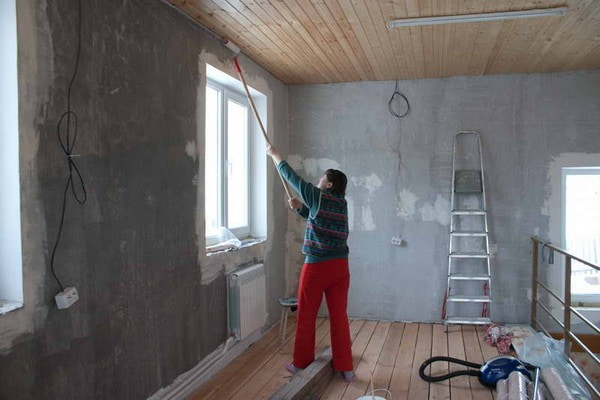
Step-by-step guide to pasting
As mentioned earlier, after preliminary preparation, the surface must dry, only then can the topcoat be applied.
- Preparation of canvases. Wallpaper is cut into canvases equal to the length of the wall, plus a margin of several centimeters.
- Depending on the type of coating, the adhesive is applied only to the wall or to both surfaces.
- For even gluing, a vertical strip is applied to the wall using a level or slope.
- Sticking starts from the window counterclockwise.
- The upper edge of the strip is applied to the wall and gradually leveled downward.
- Each next strip is glued end-to-end.
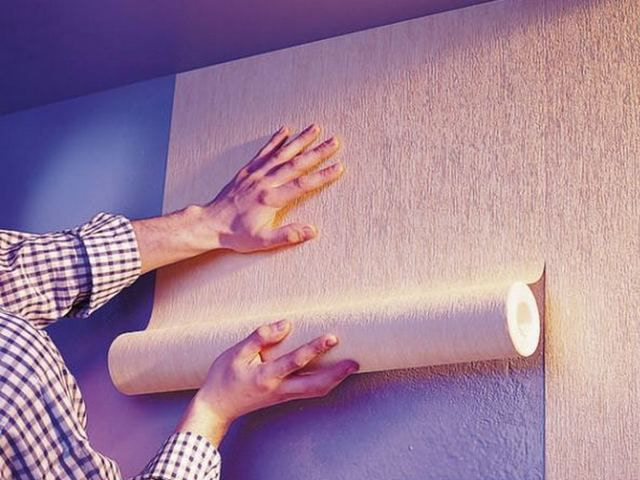
Video instruction
How to paint or recolor the wallpaper?
- To apply paint on the wall, it is necessary to clean the wallpaper from dust, this is more for the surfaces that will be repainted.
- It is necessary to protect baseboards, floors, ceilings and other surfaces with masking tape. Then you can start painting.
- The main tool is a short-nap roller, paint is applied from top to bottom, indenting from the ceiling and floor. It is better to paint over these areas with a brush. It is important to apply paint in one pass to avoid overlapping layers. It is also important when using a color scheme to prepare a sufficient amount of paint, which is enough for the whole room, since it will be difficult to achieve an identical shade with new mixing.
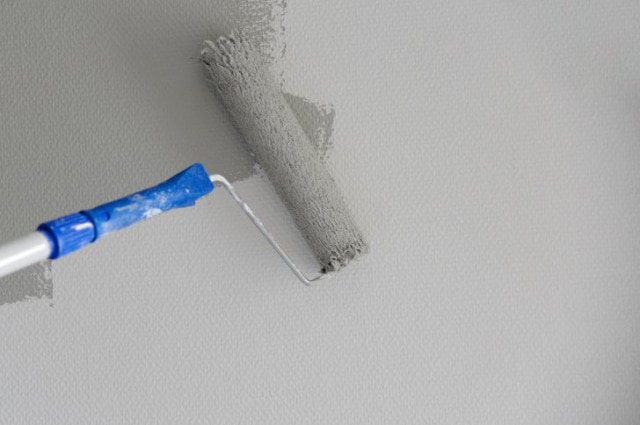
Painting video instruction
What if the wallpaper shines through?
Sometimes it happens that the wallpaper shines through, this is due to a thin base or too light shade. To prevent this trouble, you need to properly prepare the walls, clean, prime and apply a finishing layer of plaster. If the gaps appear after gluing, then you need to use a paint with a high hiding power, it will hide the marks.
Photo gallery
Paintable wallpaper is a popular type of decoration for both apartments and public spaces. The popularity is due to the ability to quickly carry out repair work by changing the design of the room without much effort and cost.

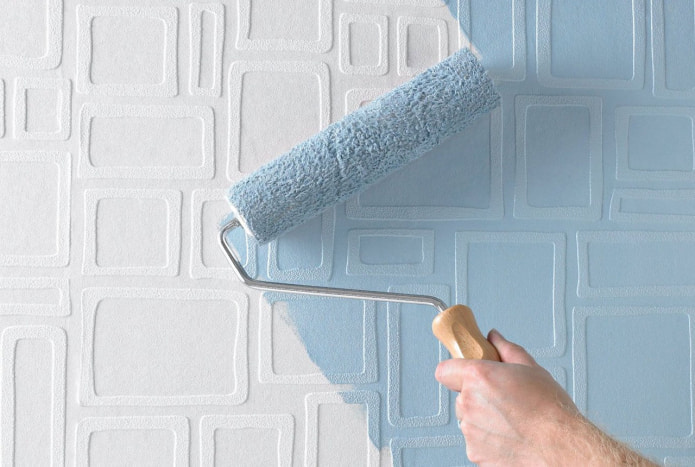
 10 practical tips for arranging a small kitchen in the country
10 practical tips for arranging a small kitchen in the country
 12 simple ideas for a small garden that will make it visually spacious
12 simple ideas for a small garden that will make it visually spacious
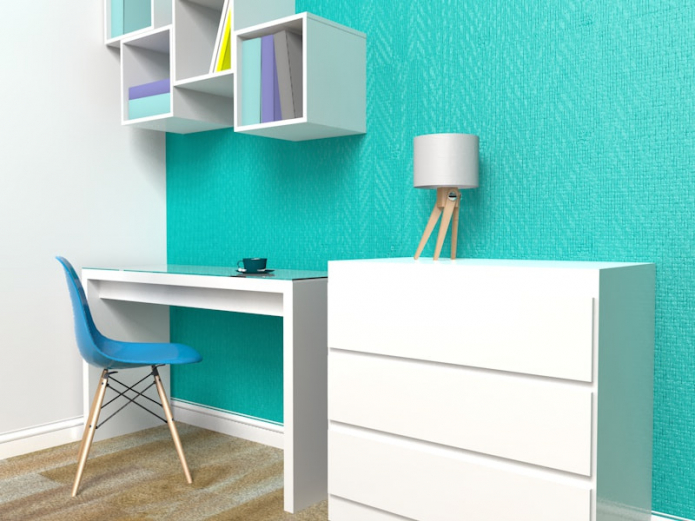
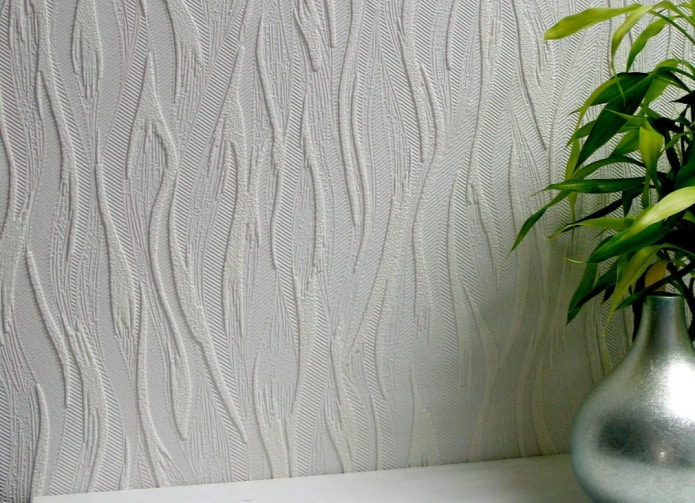

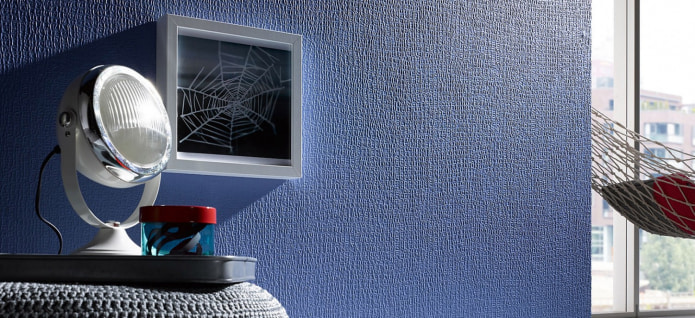
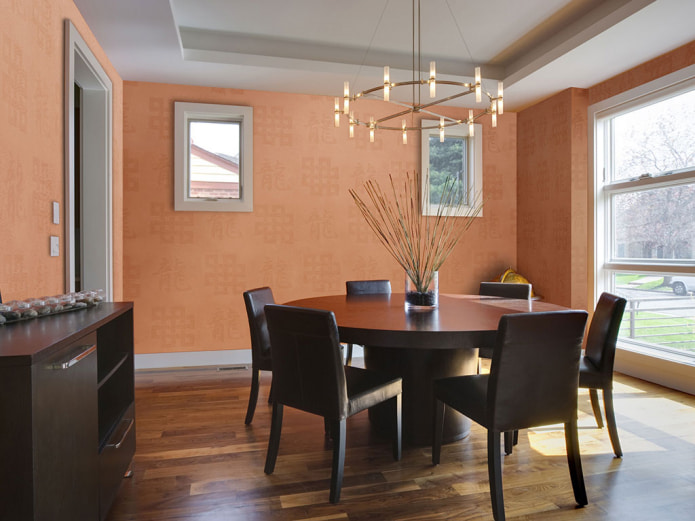
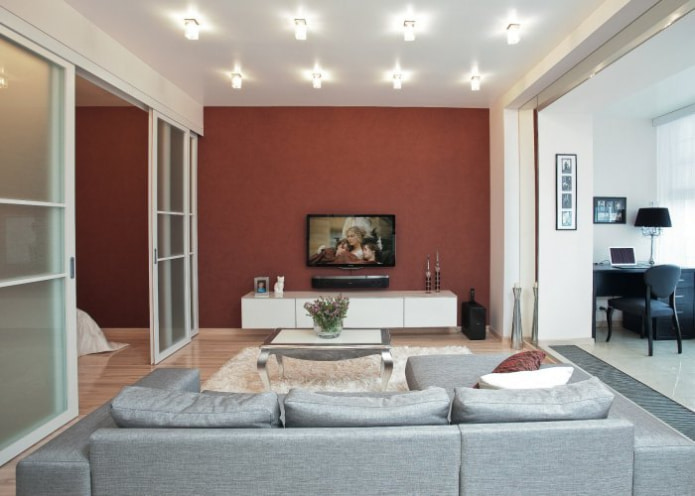
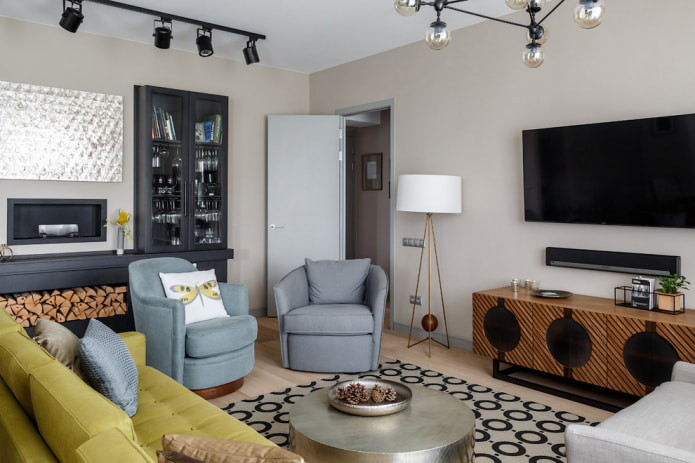

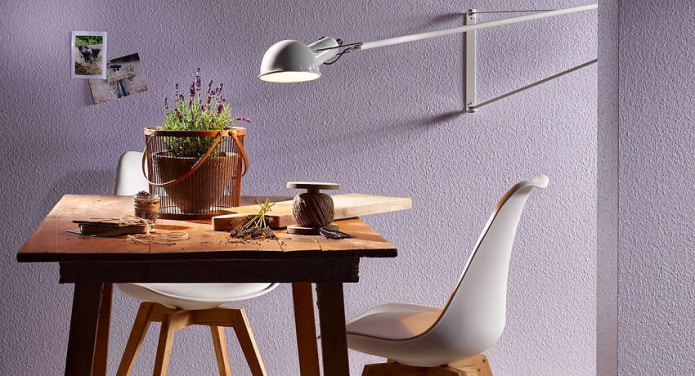
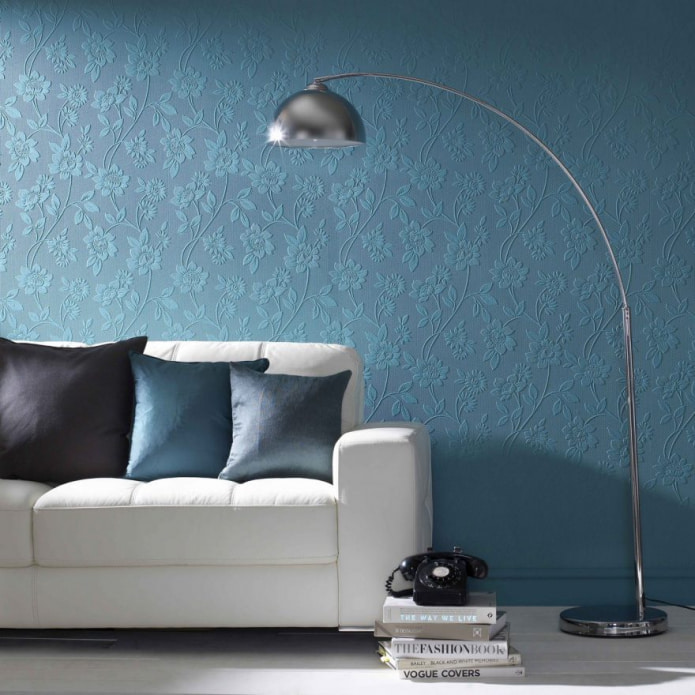
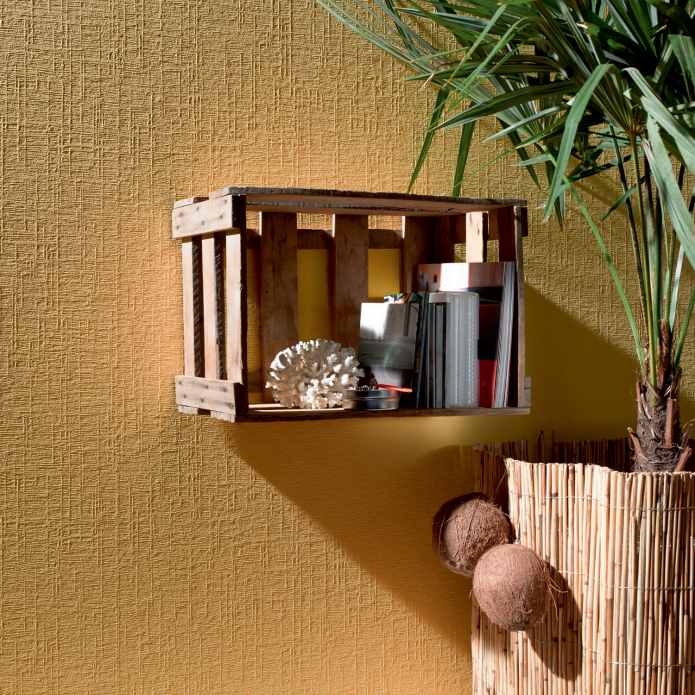
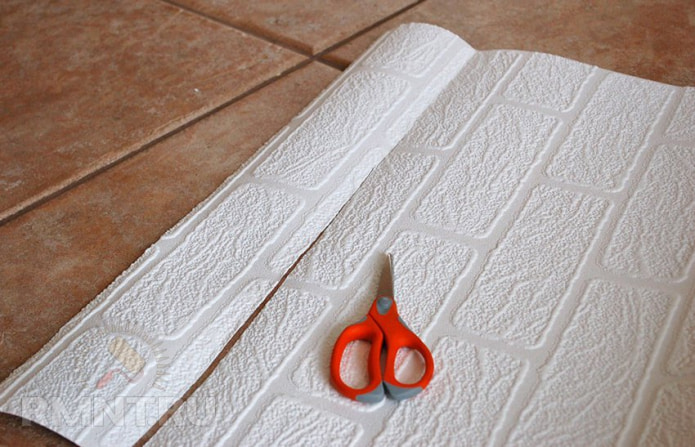
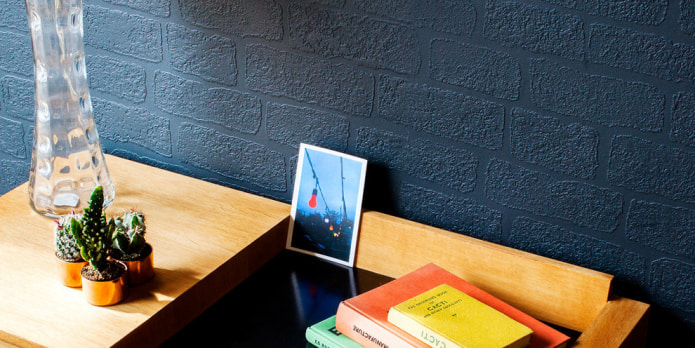
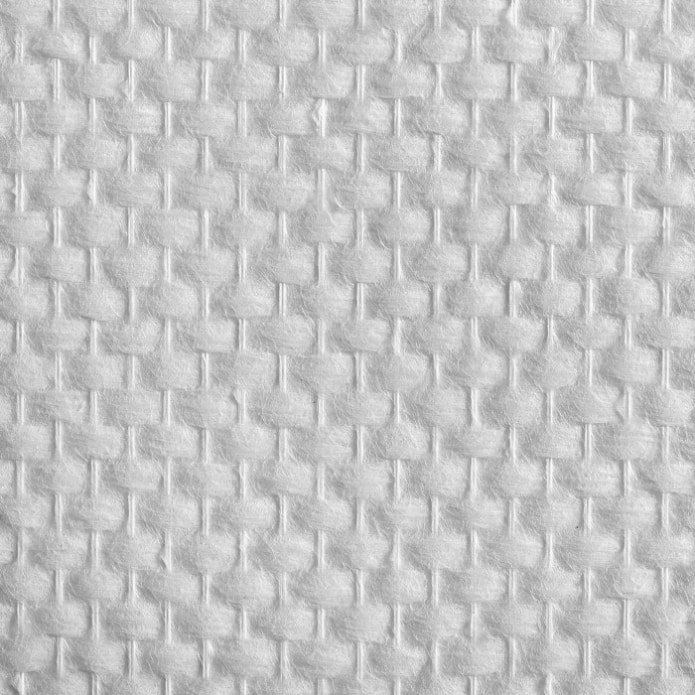
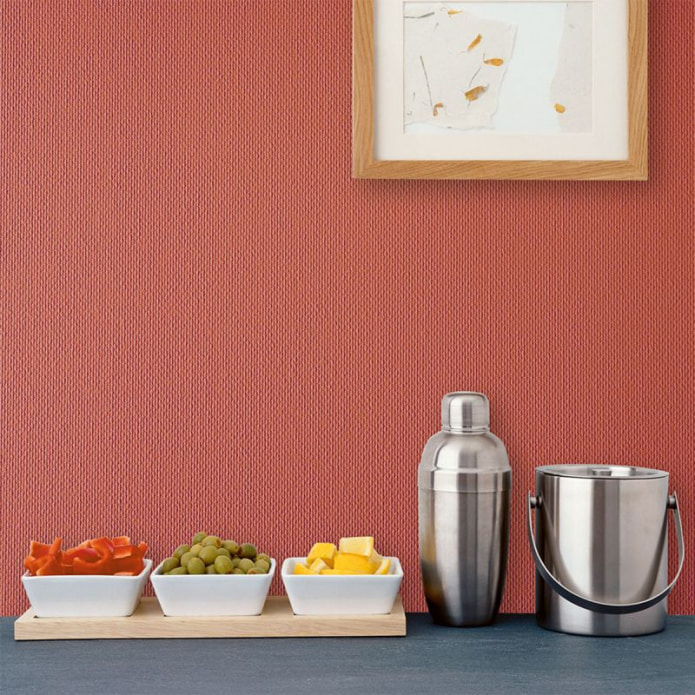

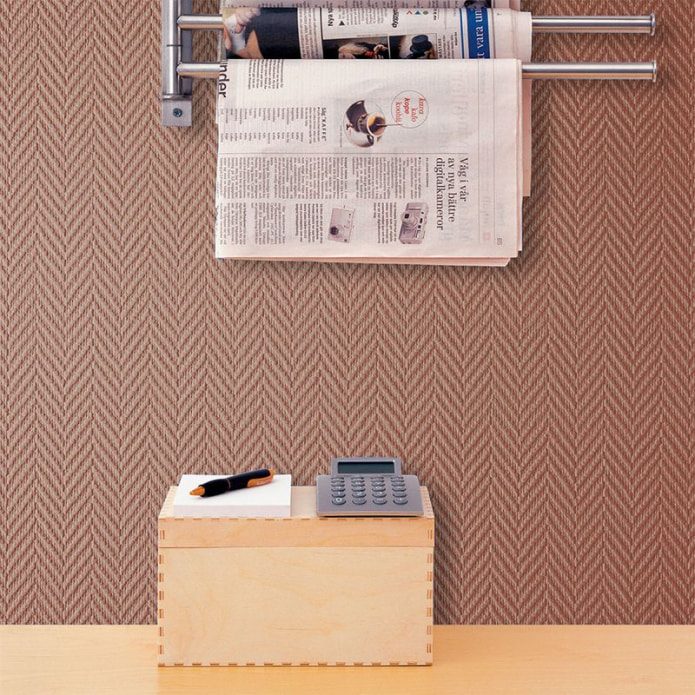
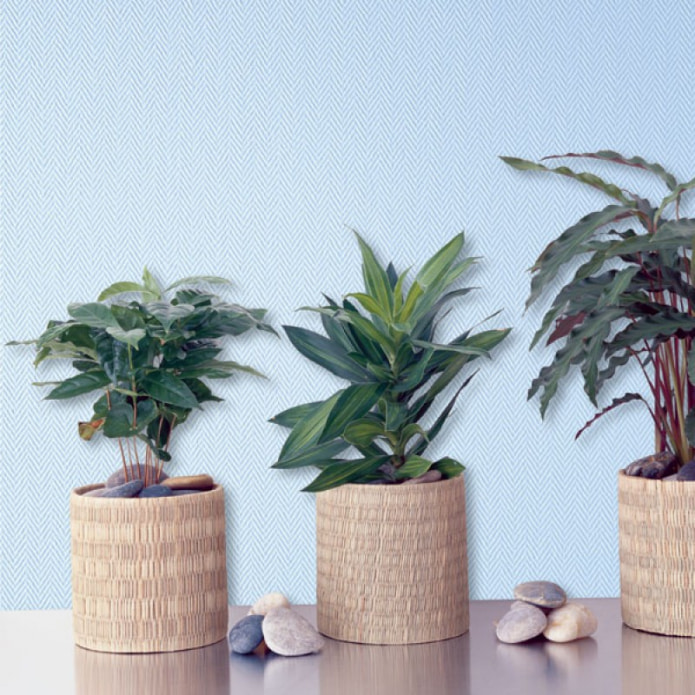
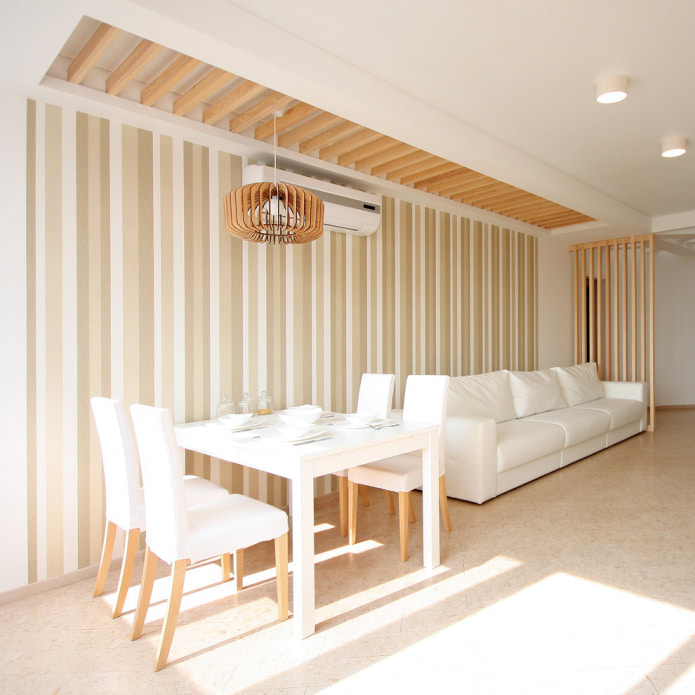
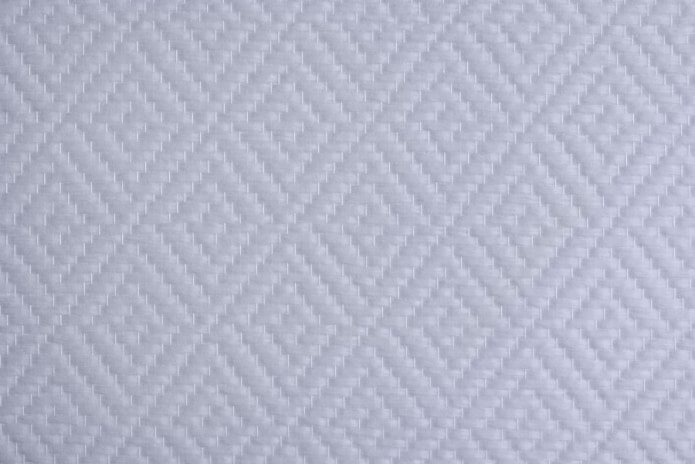
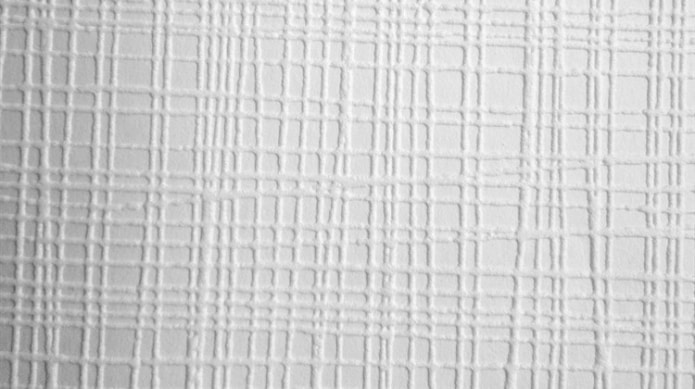
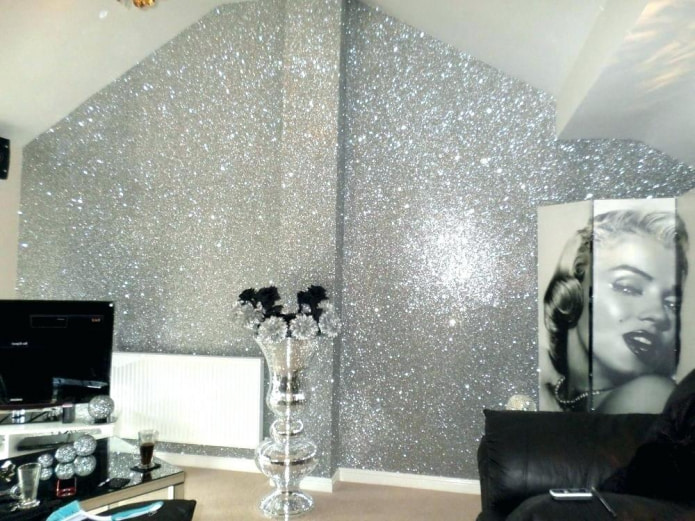
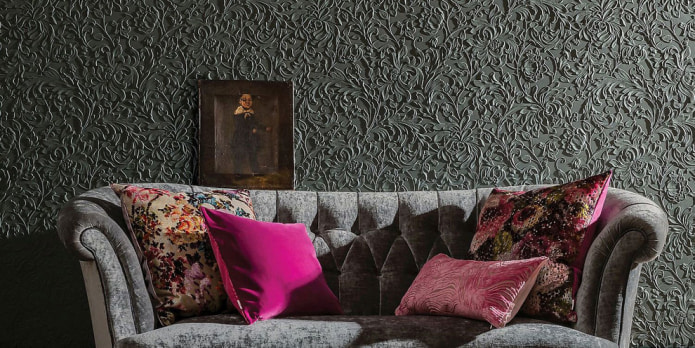
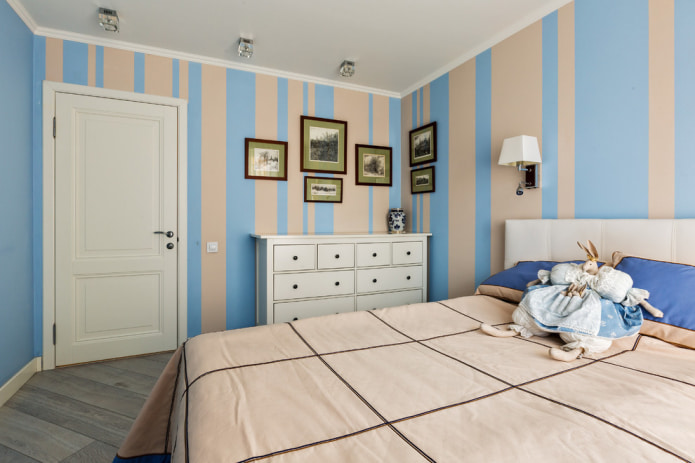
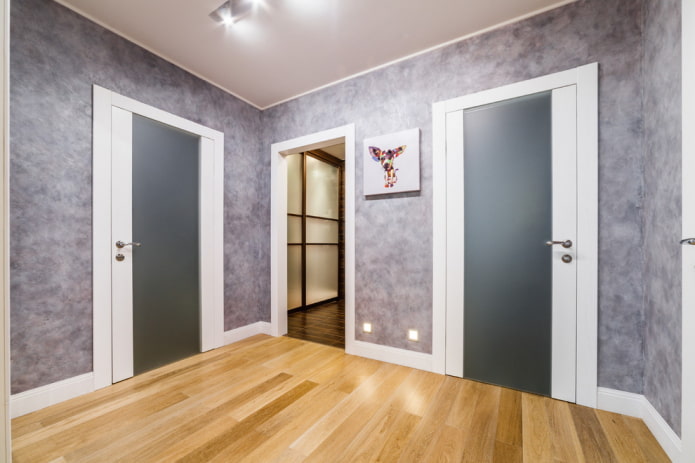
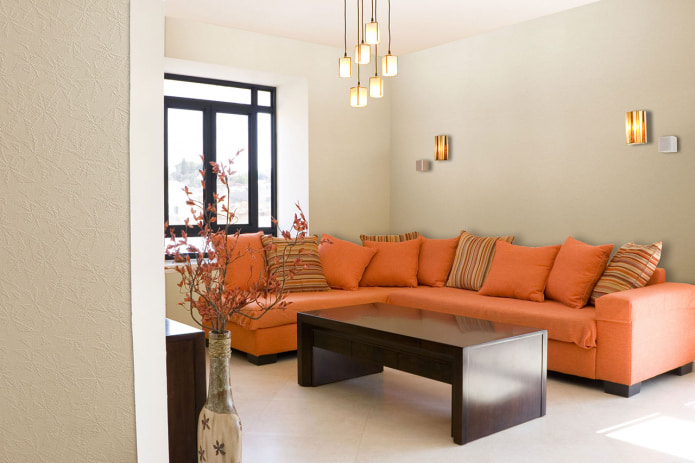
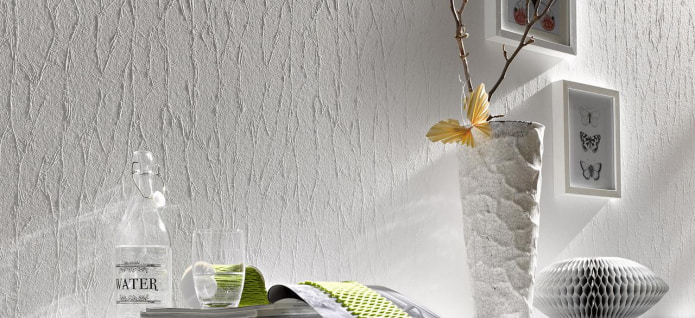
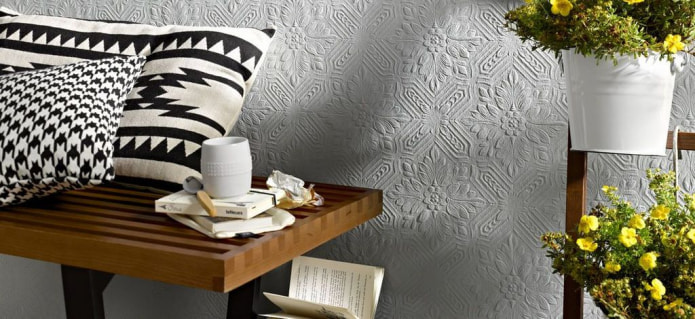
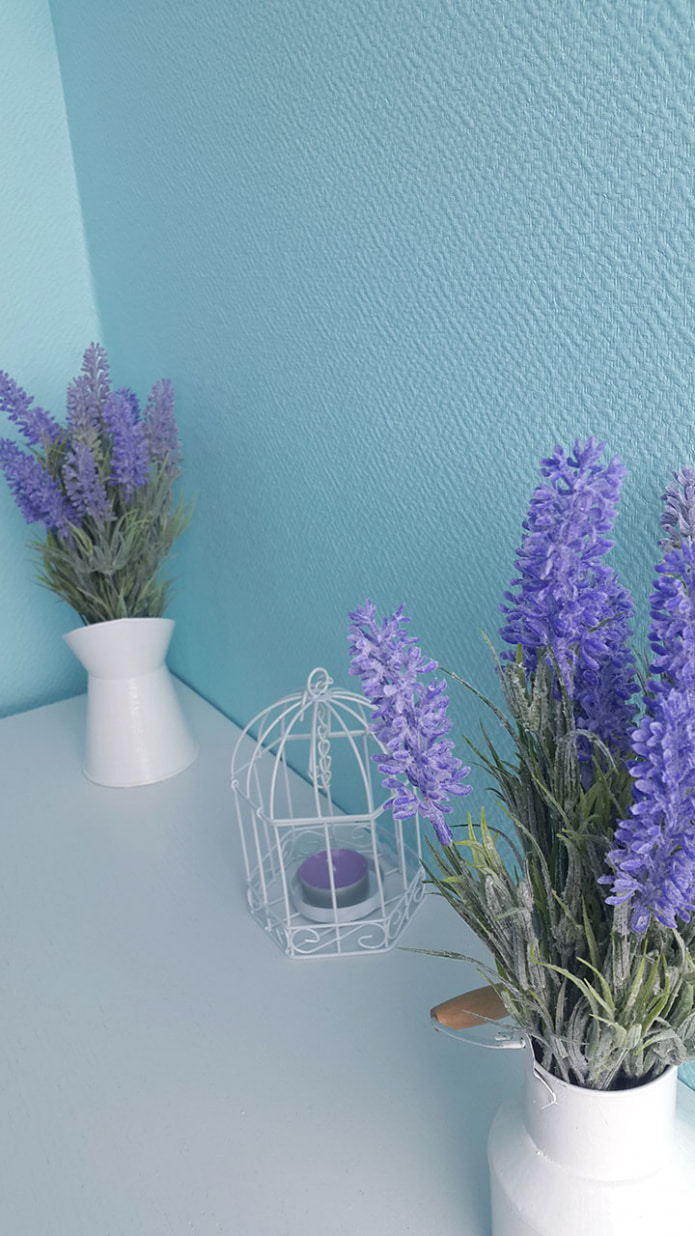

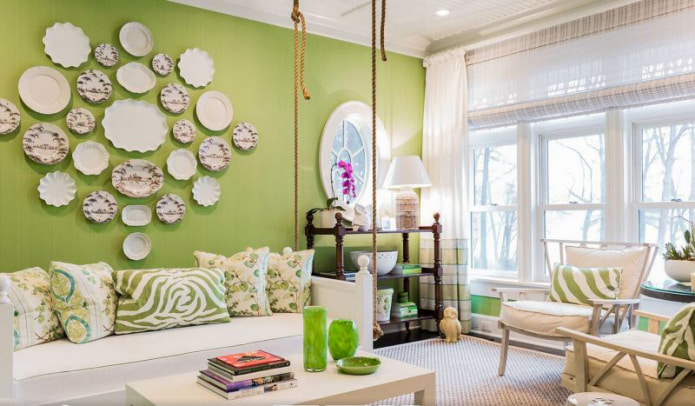
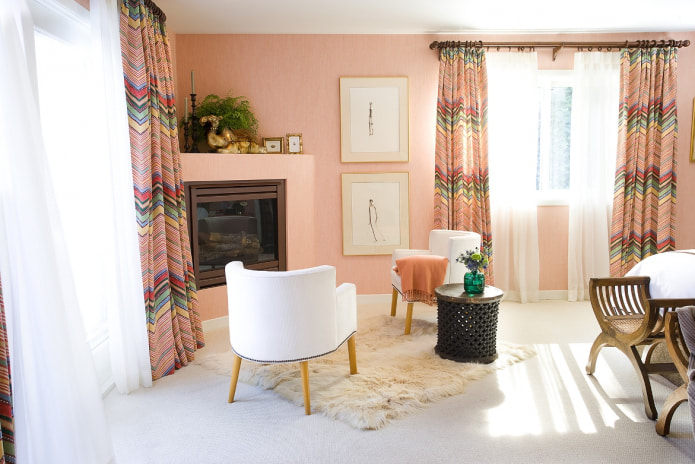
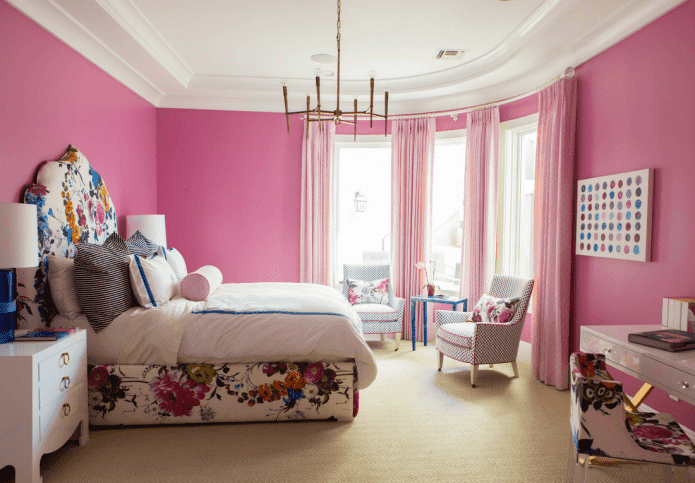
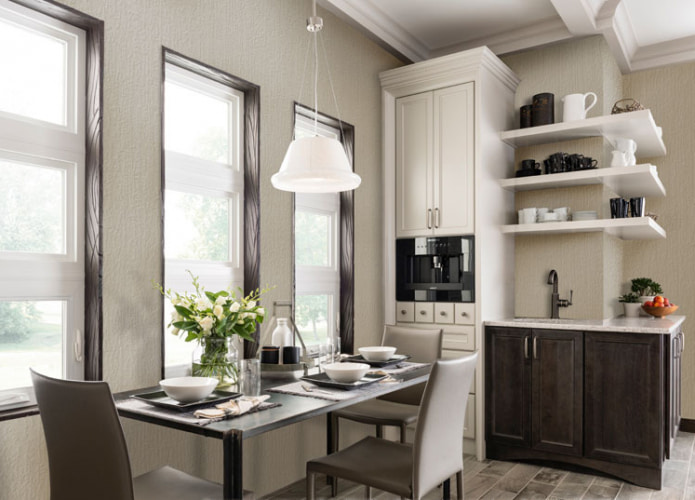

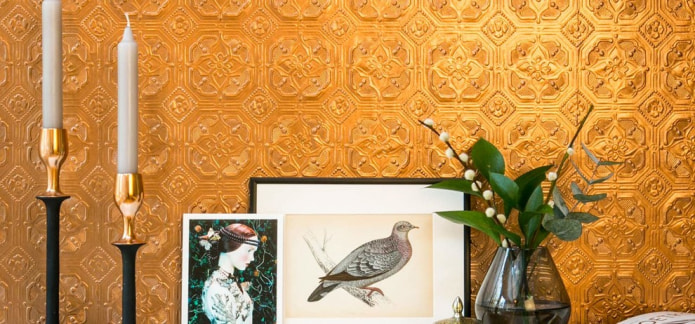

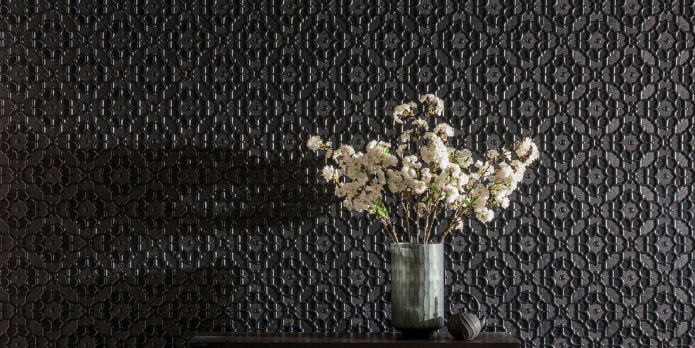
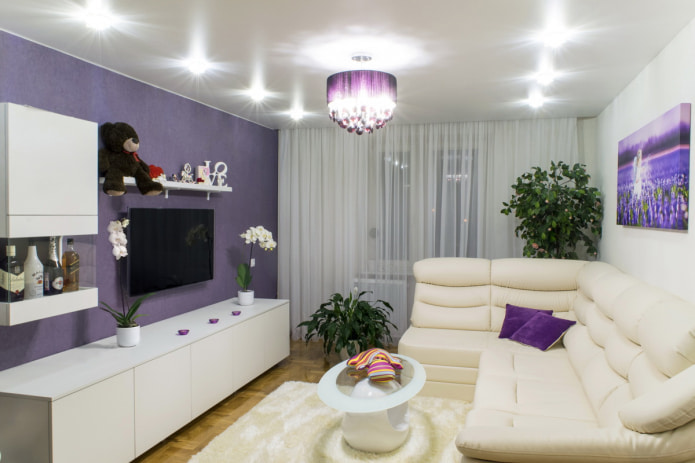
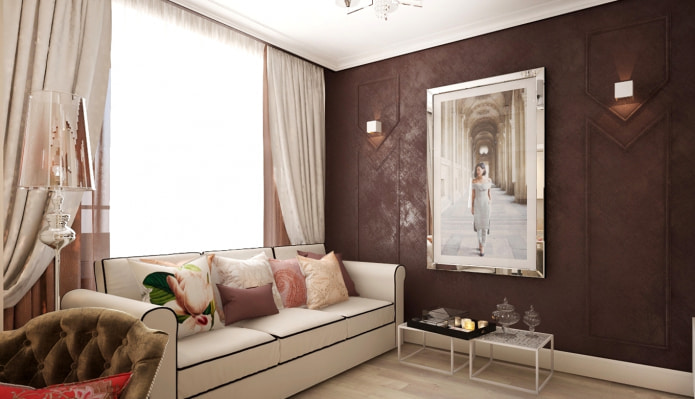
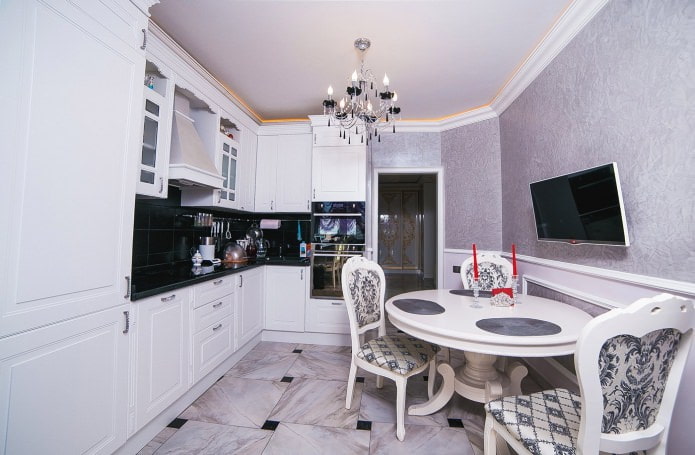
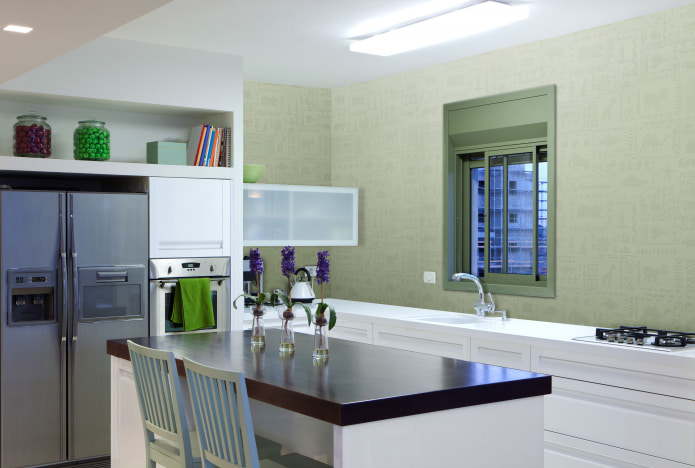

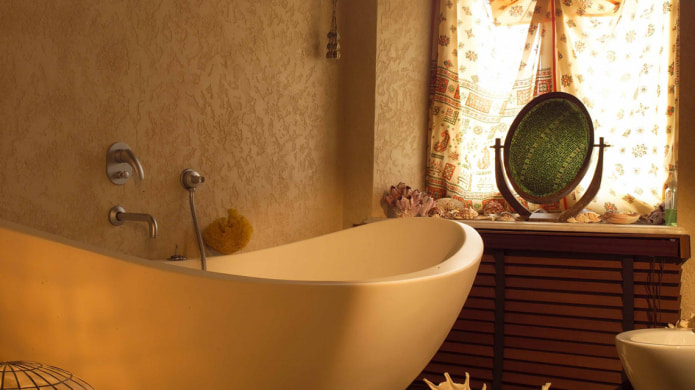
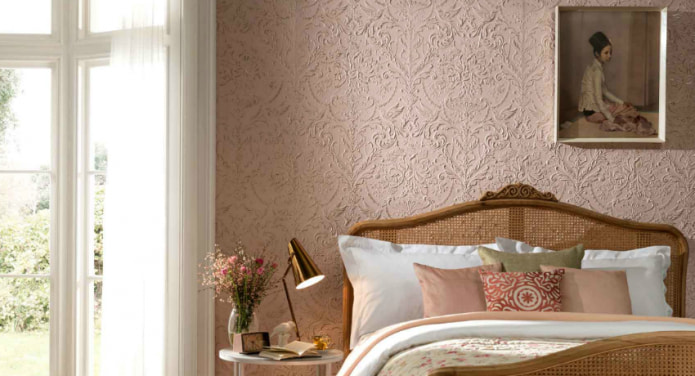
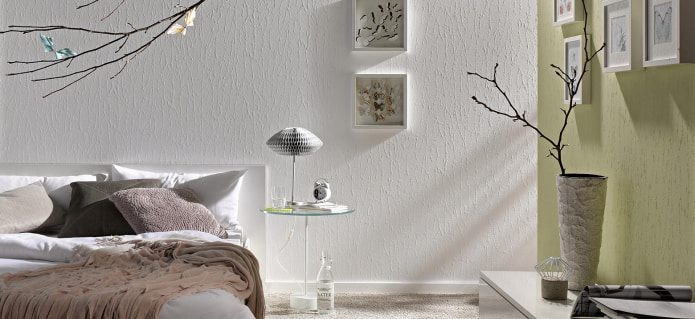
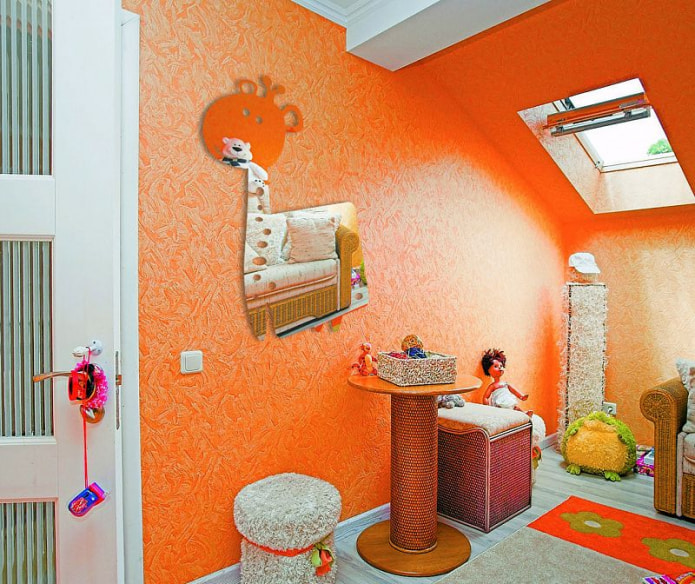
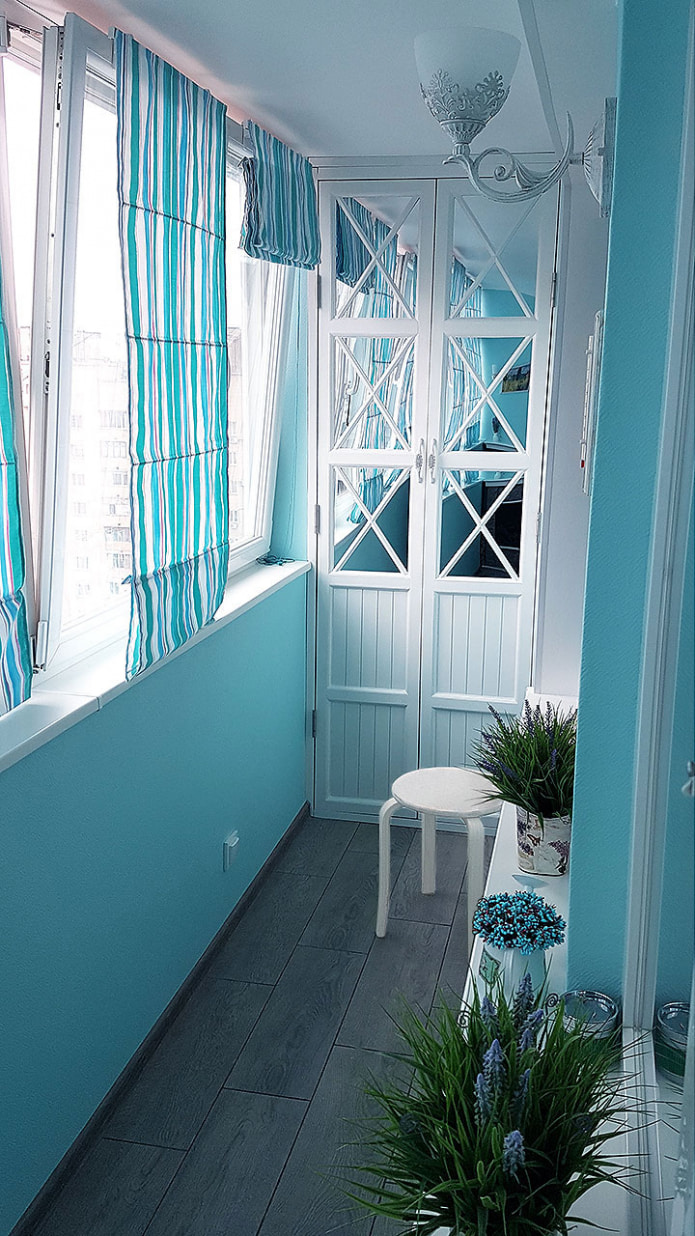
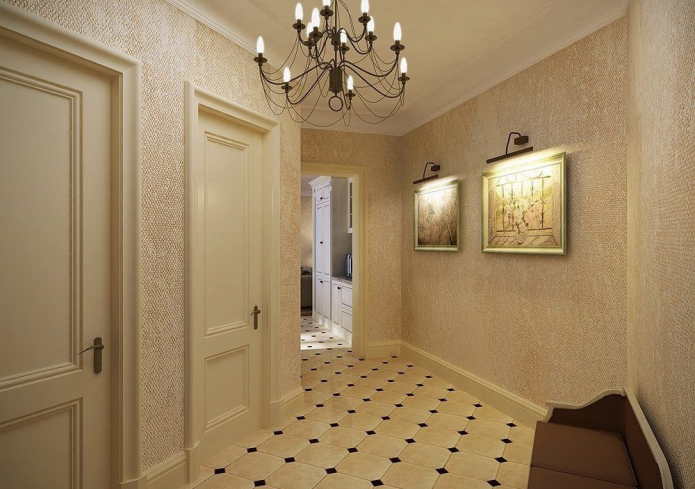
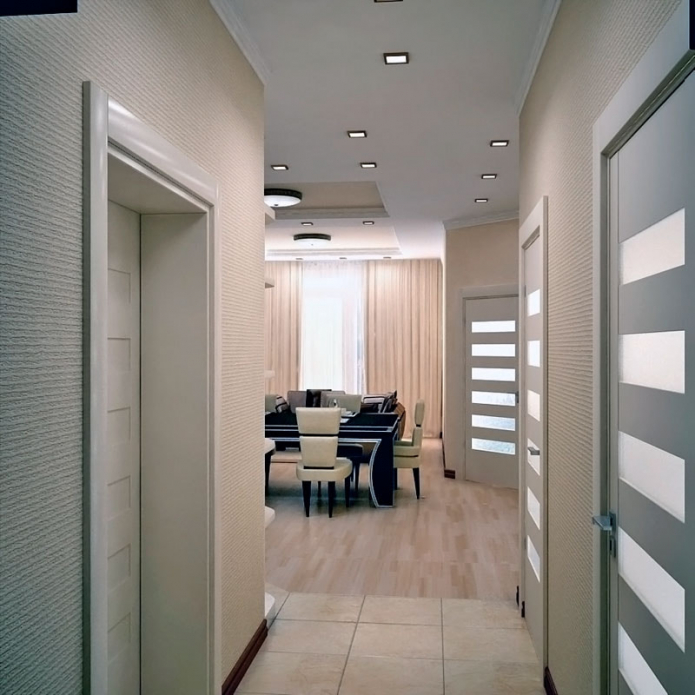
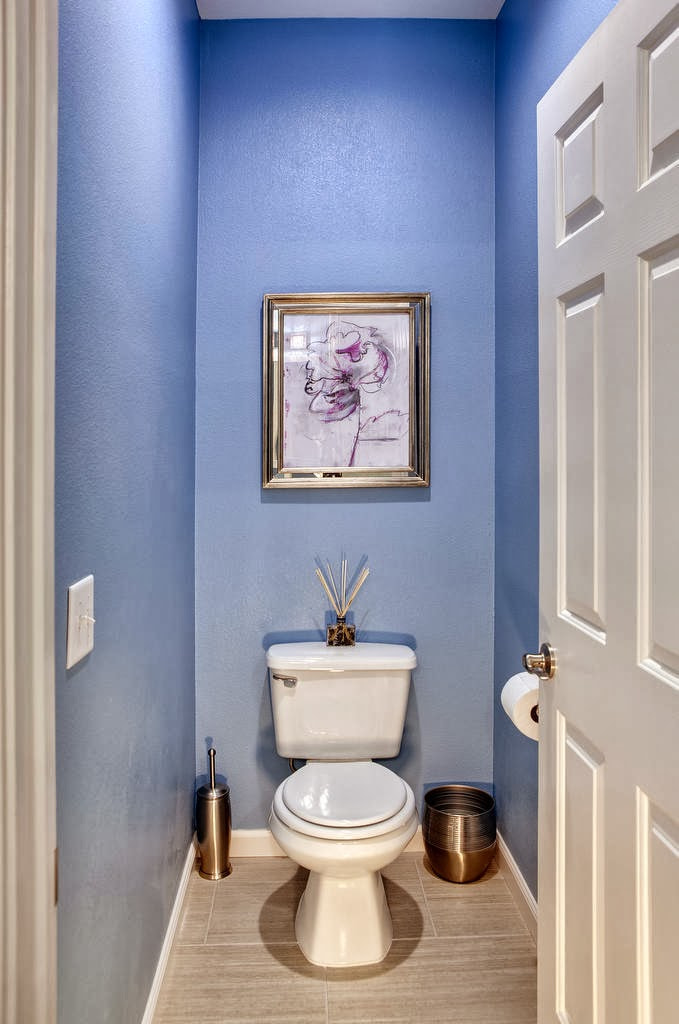

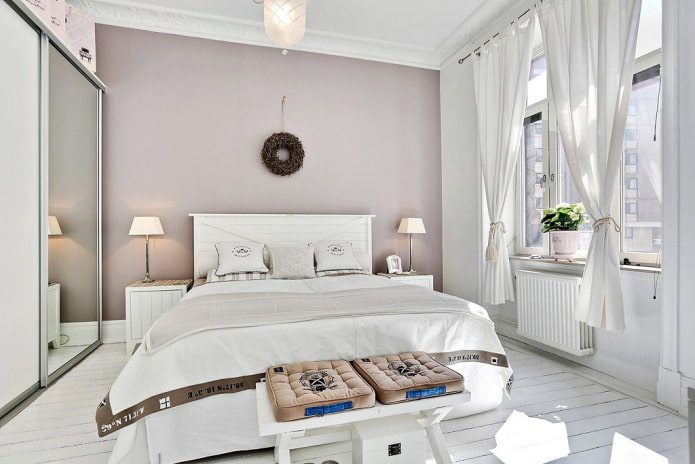
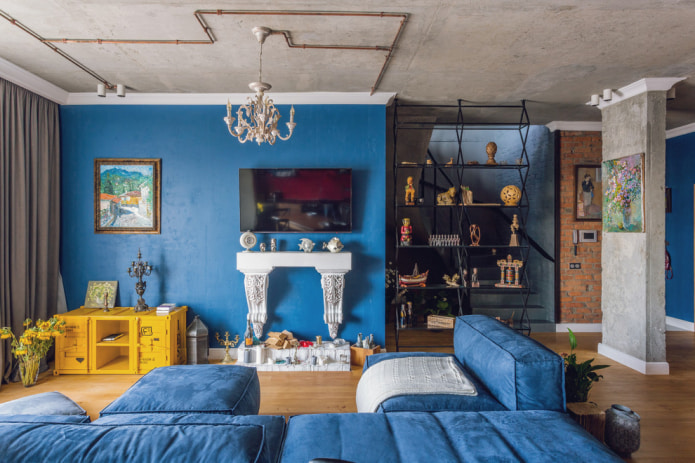

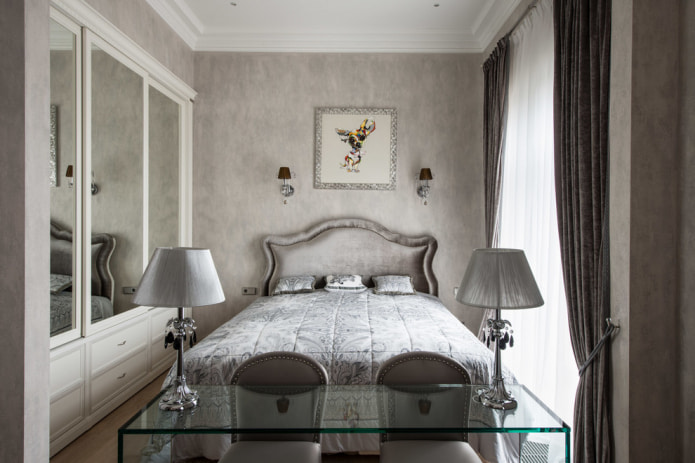
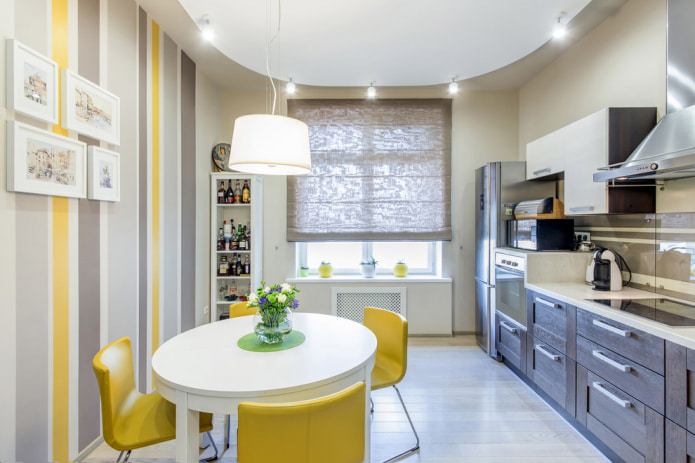
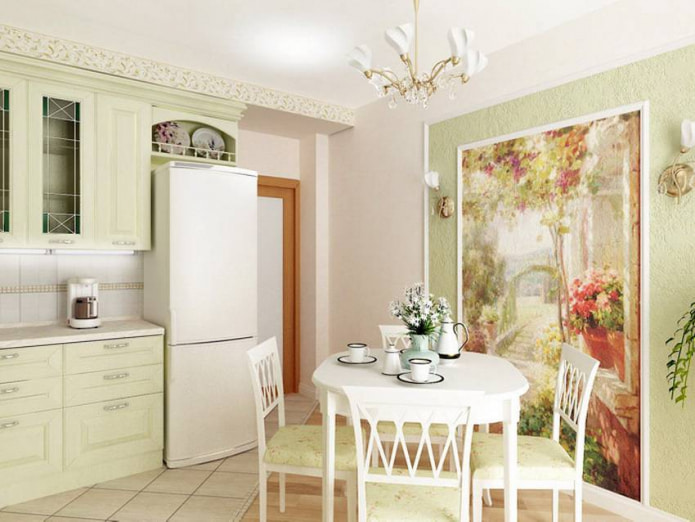
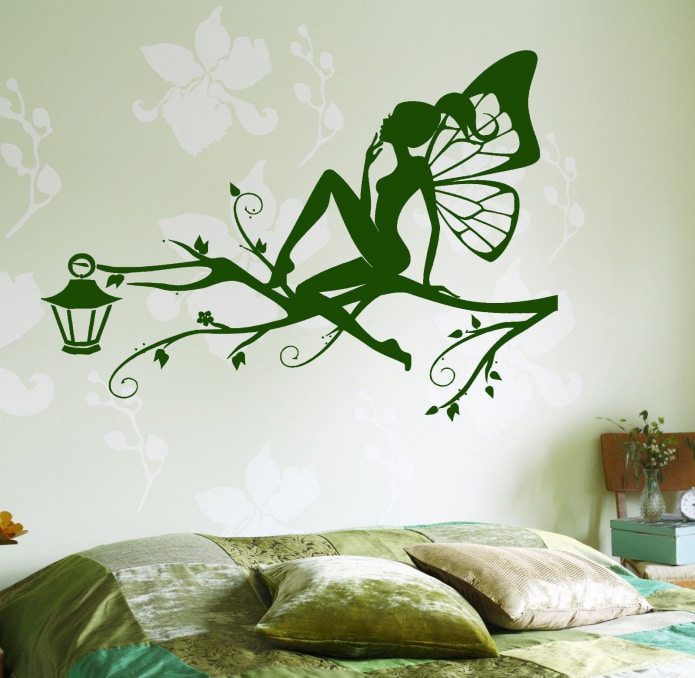
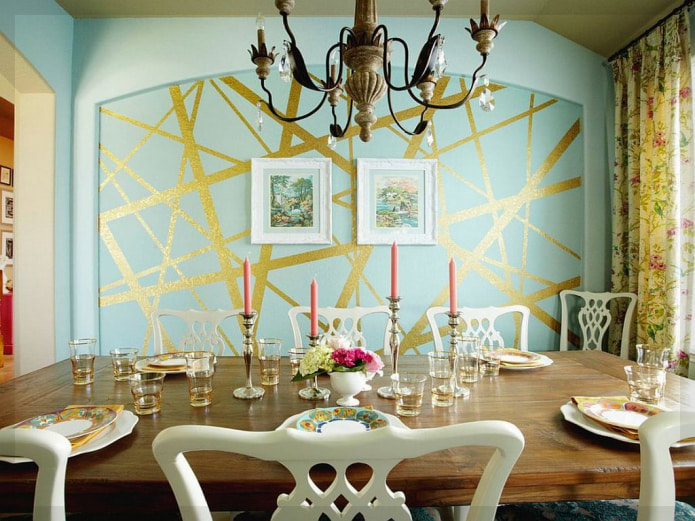
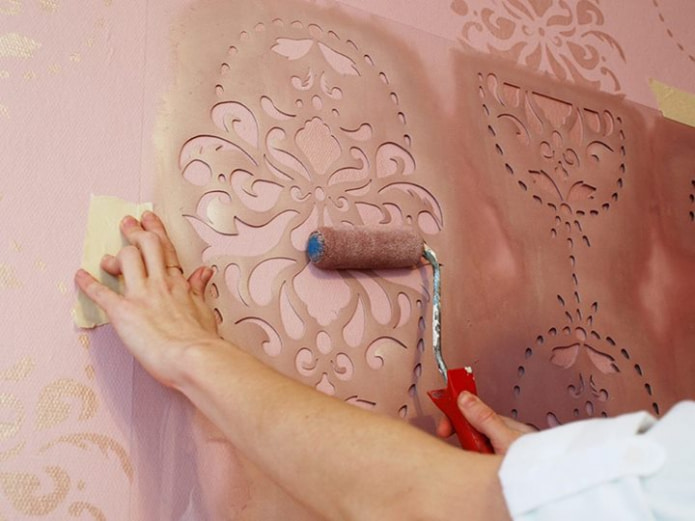
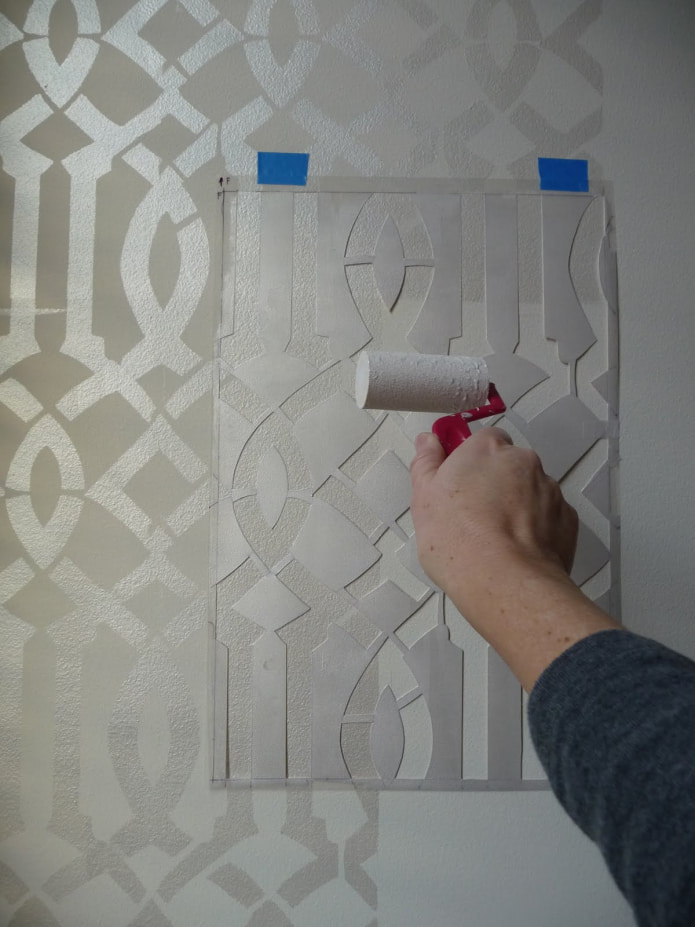
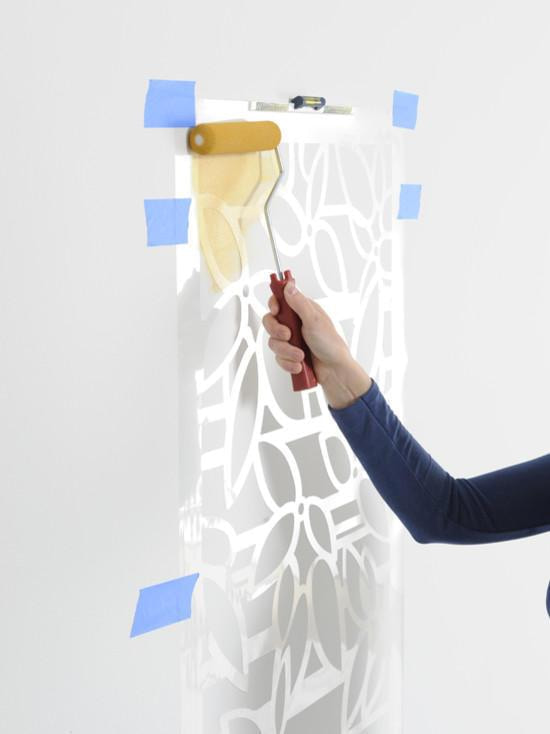


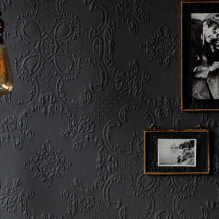
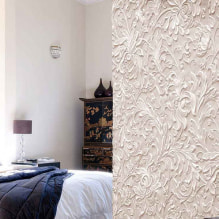
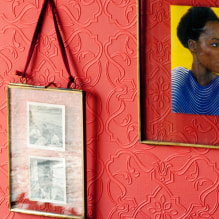

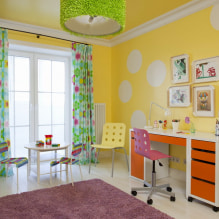

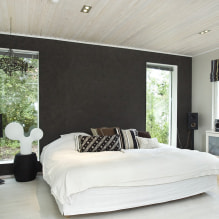
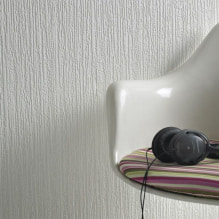
 13 bad habits a good housewife shouldn't have
13 bad habits a good housewife shouldn't have 24/7 home cleanliness - 4 secrets for the perfect housewife
24/7 home cleanliness - 4 secrets for the perfect housewife 6 hotels in Sochi that will give odds to the promoted foreign hotels
6 hotels in Sochi that will give odds to the promoted foreign hotels Top 10 interior design trends 2020
Top 10 interior design trends 2020 Rating of cheap TVs with Smart-TV
Rating of cheap TVs with Smart-TV New Year's LED garlands on AliExpress - we disassemble while it's hot, so that it's bright at home
New Year's LED garlands on AliExpress - we disassemble while it's hot, so that it's bright at home